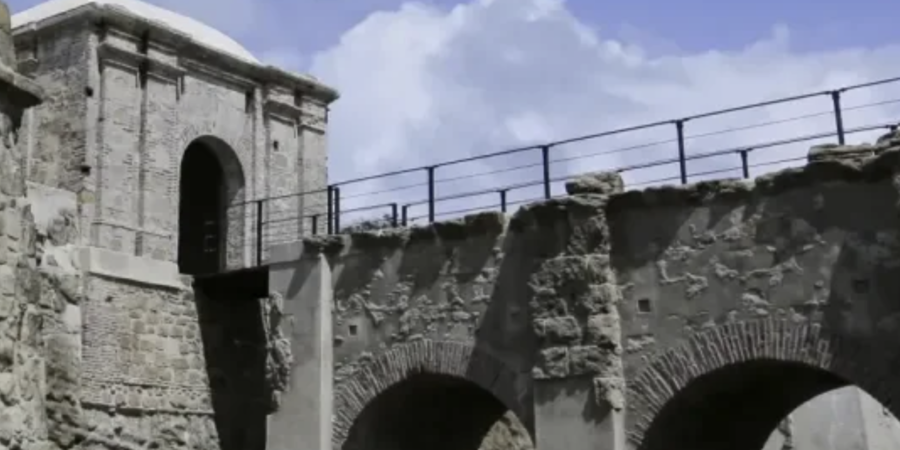Panama has made “many efforts” for the restoration of the Fortifications of the Caribbean Coast of Panama, a World Heritage Site since 1980, but there is still work to be done in that regard, said the culture specialist and in charge of the culture sector of the UNESCO regional office for Central America, Mexico and Colombia, Enrique López-Hurtado.
The restoration of the San Jerónimo and San Lorenzo forts, magnificent prototypes of military architecture of the seventeenth and eighteenth centuries located in the Portobelo area and that have been on the List of World Heritage in Danger since 2012, are some of the projects under development in the Fortifications of the Panamanian Caribbean Coast.
The fortifications are subjected both to emergency interventions recommended by the United Nations Educational, Scientific and Cultural Organization (Unesco) and to projects that seek their sustainability, according to official Panamanian information.
“The World Heritage has the potential to be a development axis for countries and especially for the communities around them. This is no stranger to the Portobelo area, where although many efforts have been made to develop different elements, there are more things to do and from Unesco we are always attentive to see how we can support those processes,” said López-Hurtado.
The official of the world entity visits Panama for the first time within the framework of the realization of the I Forum Centro Vivo, Patrimonio, creatividade y desarrollo sostenible urbano de los centro histórico, organized by the Ministry of Culture Panameña, Unesco and the Embassy of Peru in Panama.
“I am very aware that the countries of the region understand that we are not talking about spending on culture but about investment in culture, and investment in culture has different degrees of return: it returns in funds, but also in the strengthening of the social fabric of our communities,” López-Hurtado commented.
In the case of Panama, in addition to the fortifications of San Jerónimo and San Lorenzo, the Royal Customs of Portobelo has been restored, built in the 17th century by the Spaniards in the Panamanian Caribbean until it was abandoned in 1882, and has been converted into a museum in order to relive its history.
The construction of a Visitor Center about 8 kilometers from the entrance of Fort San Lorenzo is also underway.
One of the pillars of investment in culture, López-Hurtado stressed, “is the approach of sustainable tourism, because it connects with the sustainability of archaeological sites and is aware that it has to generate above all development to the communities that are around these visiting centers.”
“I am sure that this is an element that has been very much taken into account in the electoral campaign” in the face of the general elections of next May 5, “and from Unesco we are ready and enthusiastically prepared to work with the new government,” added the world official.
López-Hurtado and representatives of the Program for the Recovery of the Historic Center of Lima (Prolima) together with national and international experts, visited last Tuesday the historical heritage centers registered in the World Heritage list on the Panamanian Caribbean coast.
During the tour, the experts were guided by staff of the Patronato de San Lorenzo, who were given an induction of what the fort is and the experience of the restoration process, said the Ministry of Culture of Panama.
